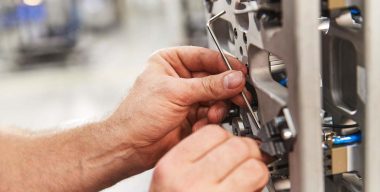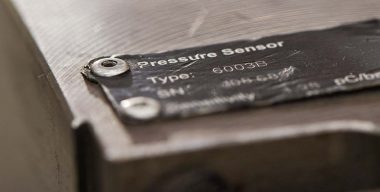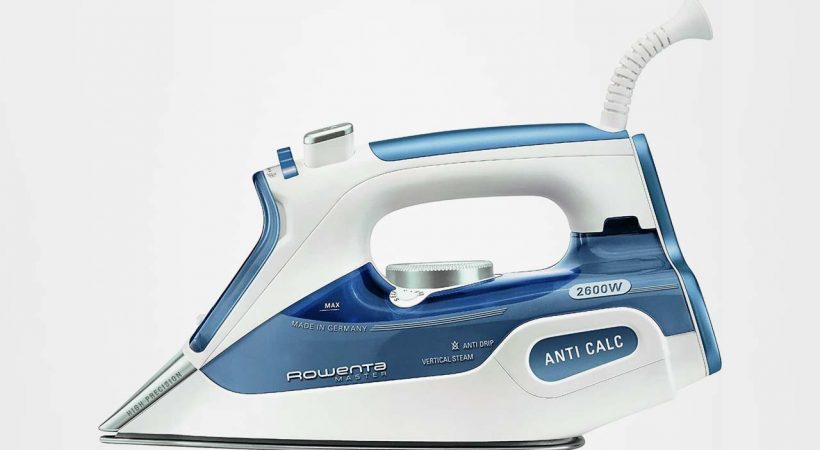
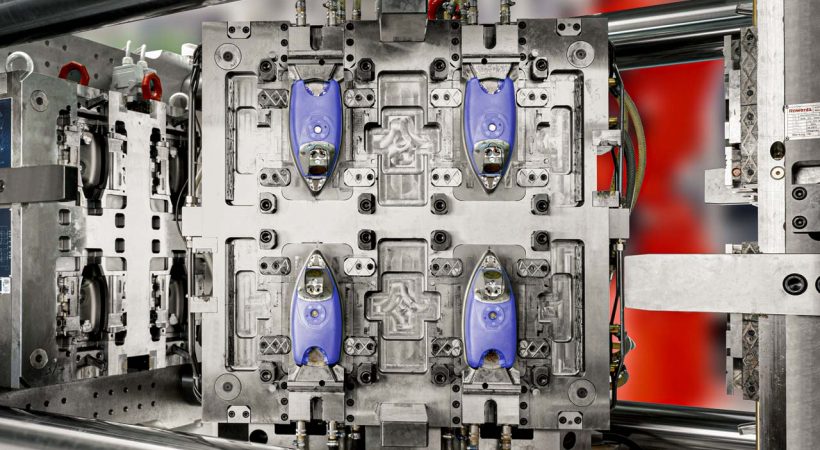
The customer
Rowenta Werke GmbH, based in Erbach, Hesse, is a manufacturer of kitchen and household appliances. The German brand has been impressing discerning consumers with high-quality products that guarantee perfect results since 1909. In 1988, it was integrated into the global French-based Groupe SEB, which comprises over 20 renowned brands and is present in numerous other product families.
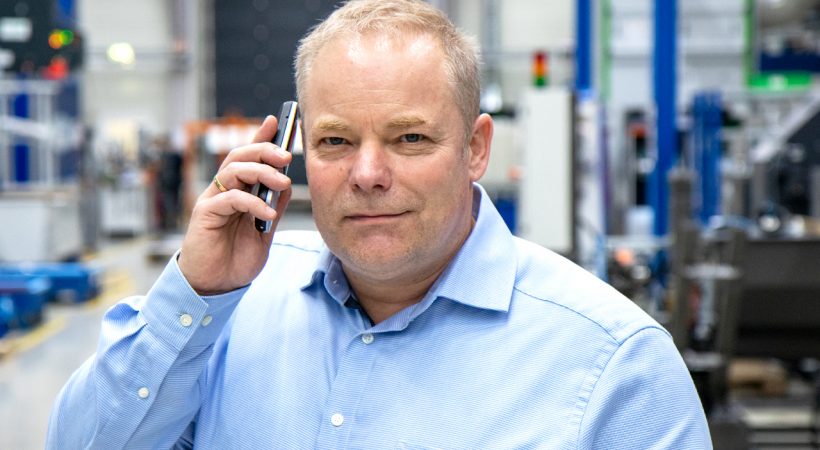
Your partner in household goods
Christian Richardt
Technical Sales Director - Customer Projects
T: +49 9571 766-9660
sales@hofmann-impulsgeber.de
